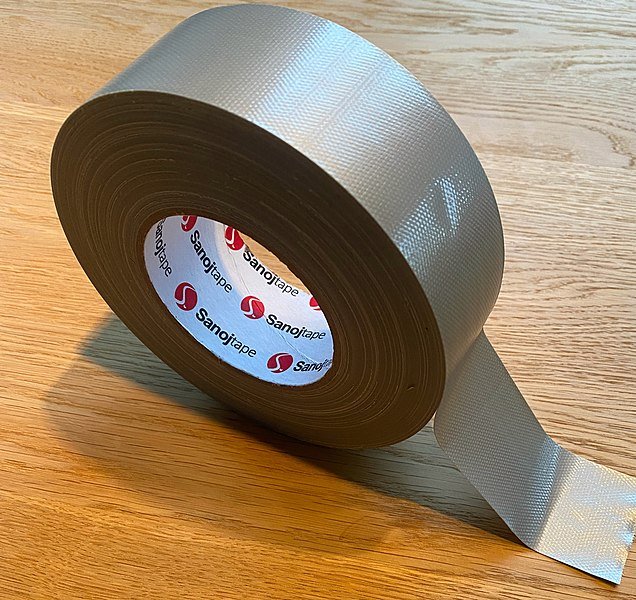Insulation plays an important role in your building when it comes to regulating temperature and maintaining a comfortable environment. There are many materials with insulating qualities that are used to increase your building’s R-Value—one of them is the ground itself.
Since the Earth is both a natural insulator and intrinsically reduces air infiltration, you may be wondering if you still need to insulate your structure underground. The answer is yes, but less insulation is required than what you’d expect to use above grade.
In this article, we’ll be exploring best practices for insulating your basement walls.
Supplement the Earth’s Natural Insulating Power
Our first basement wall insulation best practice is to work with the earth, but don’t depend solely upon it to keep your space comfortable.
If you’ve ever stepped foot in a split-level home, you may notice that the temperature in the basement level tends to be cooler in the summer and warmer in the winter. That’s because the earth helps to stabilize the temperature of the building materials that it touches. An unfinished basement still provides some insulating value, but it is much less comfortable than an insulated space.
Knowing that the earth is going to provide some level of natural thermal resistance, you can supplement in order to get your space in line with the rest of the building. That means reviewing local building code requirements to see what R-Value is required in basement walls. It’s common to see R5 in home construction, but basement wall insulation code requirements can exceed R20 in some areas.
For basement wall insulation, it’s best practice to add at least R5 in insulation. Failing to sufficiently insulate your basement can lead to problems with condensation, musty smells, mold growth, and unnecessary energy loss.
Interior vs. Exterior Basement Wall Insulation
Our second best practice addresses the placement of your basement wall insulation materials. In new construction, there are two locations where you can install insulation for basement walls.
On the exterior face of the foundation wall
On the interior side of the basement wall
Insulating on the exterior face is mostly done to provide a cushion that protects waterproofing materials from backfilling. Other advantages include added protection on your building’s components from freeze-thaw cycles and simple installation if done during the initial construction phase. This is an example of an exterior basement wall insulation detail.
If you can no longer access the exterior walls without excavation—then interior basement wall insulation systems are a more practical insulating solution. The interior basement wall insulation detail is versatile and allows mechanical fastening to wood furring or metal studs. You can also fasten basement insulation directly to concrete walls with adhesives or specialty masonry screws with plastic washers.
Choosing the Right Material
Many types of insulation are available to use on basement walls for both interior and exterior applications. Extruded polystyrene, expanded polystyrene, and polyiso are popular choices for rigid insulation boards. Compare the differences in this chart.
Polyiso just may be the best basement wall insulation because it can be used in both exterior and interior applications, offers a higher R-value per inch, and comes with versatile facers for added protection to match the application.
Here are our top product picks for insulation for basement walls:
Thermasheath® for Exterior Basement Wall Use
This rigid insulation has reinforced foil facers on both sides of the polyiso core. It’s ideal for concealed applications, such as cavity walls and below-grade, to protect your foundation walls and allow water to drain off properly. Read more about it here.
TSX-8510 Insulation
For interior basement wall insulation options, look to products such as TSX-8510 insulation that can double as a finished surface. Both sides feature a glass fiber reinforced aluminum facer sandwiching the polyiso core, and the interior-facing side is also covered with a white modified acrylic coating. This product can optionally be taped and painted for an aesthetically pleasing finish.
Rmax Thermasheath®-XP
Another product that is often used in interior foil insulation basement wall applications is Thermasheath®-XP. This polyiso insulation can be left exposed on either facer. One side is left with a silver reflective clear coat while the other is a white acrylic coat over the aluminum facer. Optional joint tape comes in both a reflective version (R-Seal 3000) and a white version (R-Seal 3000W) to match either side for an attractive finish.
Ready to Pick the Right Insulation for Your Project?
It’s not a matter of whether or not to insulate your basement space, but rather—how? Picking the right wall insulation for basement applications starts with having a plan and then following through with the right materials. Let the product experts at Rmax take a look at your project to help you determine the best course of action for your next remodel or new construction job.






































